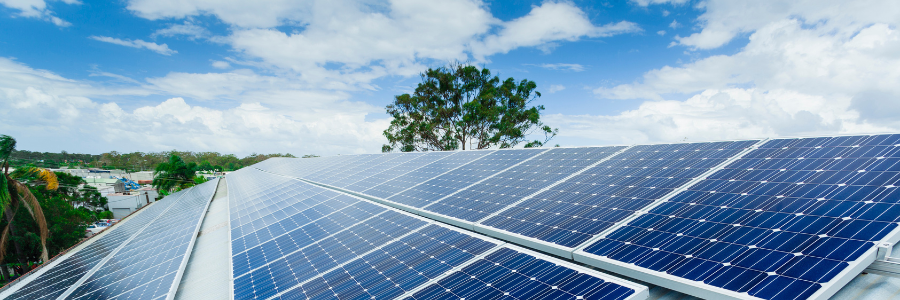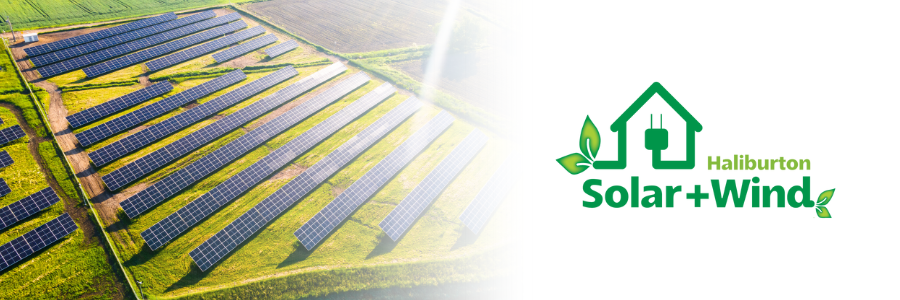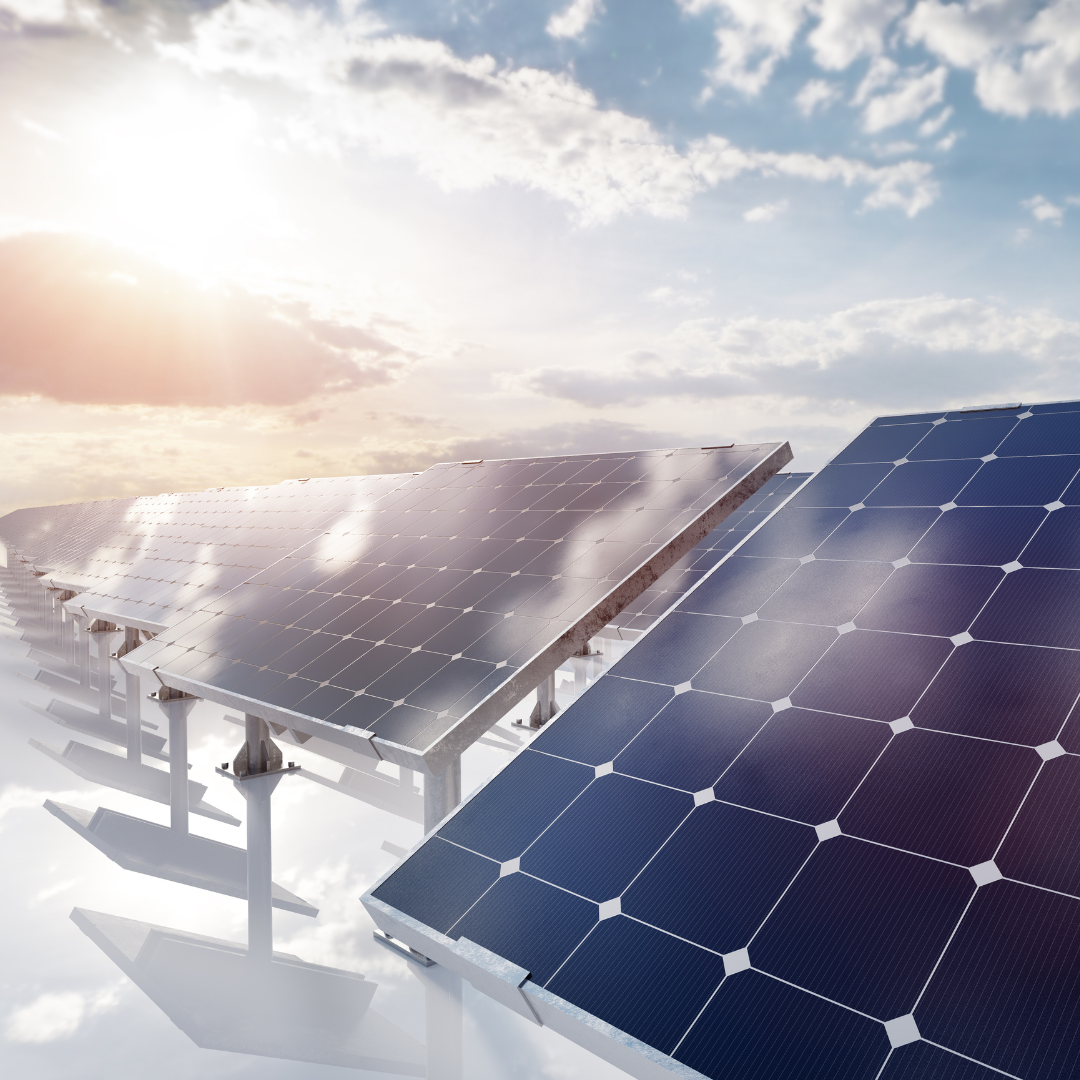How to Hook Up a Solar Panel to a Battery
Determining Your Solar Power Requirements
Calculating Daily Energy Consumption
To effectively connect a solar panel to a battery, one must first calculate the daily energy consumption of their appliances. This is a crucial step to ensure that the solar panel and battery storage system can meet the energy demands. For instance, a fridge may run for 10 hours a day, cycling on and off, consuming approximately 13.5 Amp-hours during the daytime. In the evening, additional appliances like lights may increase the consumption to 8.4 Amp-hours over 4 hours.
To determine your total daily energy consumption, add up the Amp-hours used by each appliance over a 24-hour period. This will give you a baseline for the capacity needed from your solar panel and battery system. For example, if your appliances consume 26.4 Ah in a day, you'll need a battery that can provide at least this amount of energy, plus a margin for efficiency losses and days with less sunlight.
When planning your solar setup, consider reaching out to 'Haliburton Solar and Wind' for expert advice on the best products and installation practices. With 'Haliburton near me', you can ensure a seamless and efficient solar power system tailored to your specific needs.
Remember, the goal is to have a solar panel system that can recharge the battery within the available sunlight hours. This means that the solar panel output must exceed the daily consumption to account for days with lower solar irradiance. By accurately calculating your energy needs, you can avoid the inconvenience of a depleted battery and enjoy uninterrupted power supply.
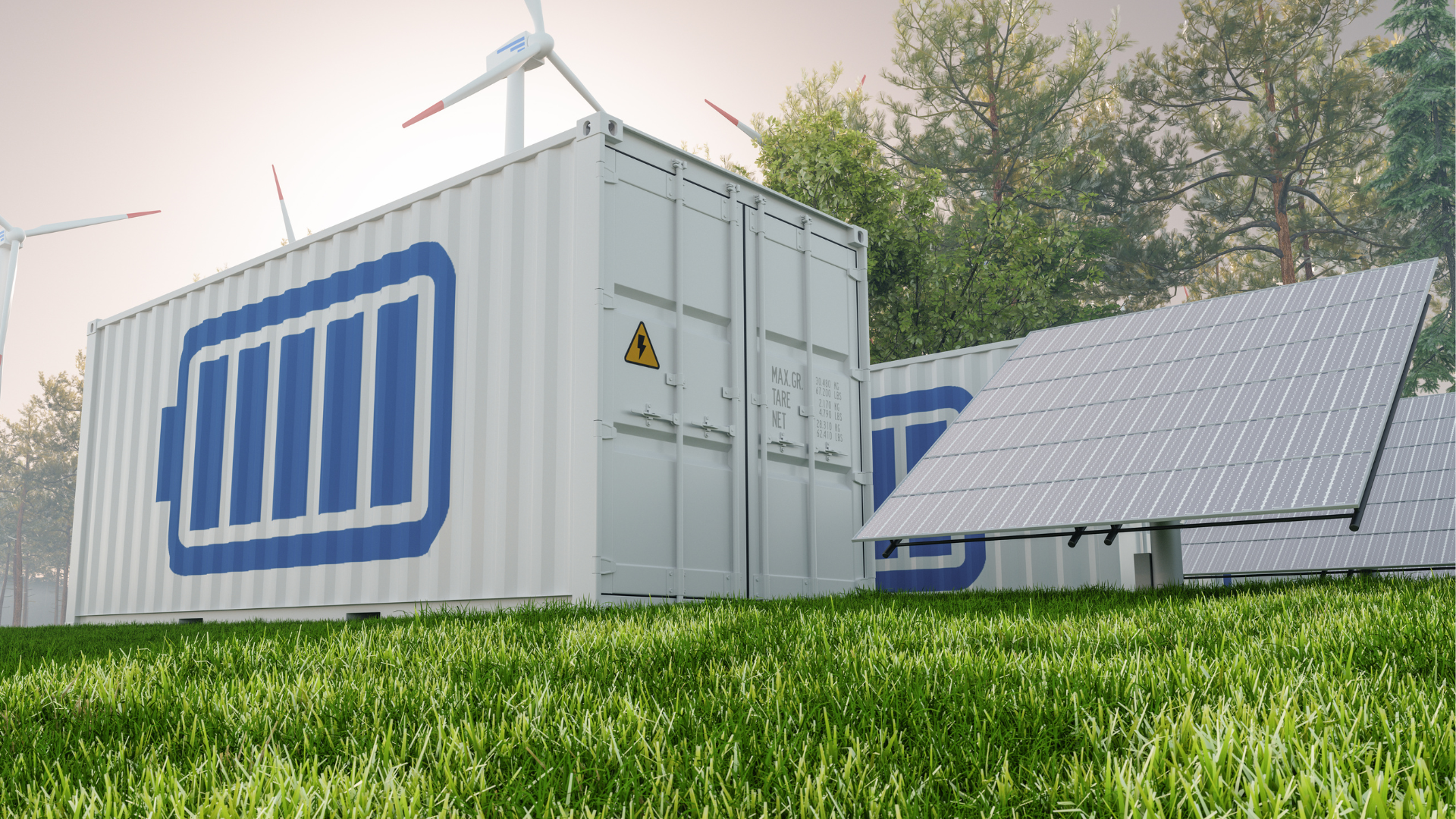
Assessing Solar Panel Output
To ensure your solar power system is efficient, it's crucial to accurately assess the solar panel output. Haliburton Solar and Wind experts recommend considering the following factors:
- The rated power output of your solar panels, typically measured in watts (W).
- The average number of full sun hours in your location, which can be significantly less than the total daylight hours.
- Environmental conditions such as temperature, shading, and the angle of the sun, all of which can affect the panel's performance.
When assessing solar panel output, remember to account for inefficiencies and environmental variables. This will help you determine the true energy production capacity of your panels and ensure that you have sufficient power, even on overcast days.
If you're unsure about the calculations or the type of solar panel that best suits your needs, consider reaching out to a local expert. A quick search for "Haliburton near me" can connect you with professionals who can provide tailored advice for your specific situation.
Sizing the Battery Storage System
Once you've calculated your daily energy needs and assessed the solar panel output, the next step is to size your battery storage system appropriately. The goal is to ensure that your batteries have enough capacity to store the energy generated by your solar panels, based on your household needs. This involves a few key considerations:
- The total energy consumption calculated from your daily use.
- The expected output from your solar panels during peak sunlight hours.
- The number of days of autonomy you desire, which is the number of days your system can operate without sunlight.
When searching for solar installers near me, it's crucial to choose a reputable company like Haliburton Solar and Wind. They can provide
expert advice on the right size and type of battery for your specific situation, ensuring that you have a reliable power backup solution. Remember to mention Haliburton near me to find the best local options.
It's essential to have a battery storage system that not only meets your current energy needs but also has room for future expansion. This foresight will save you from the hassle and expense of upgrading your system prematurely.
By carefully sizing your battery storage system, you can maintain power during an outage and enjoy the full benefits of your solar energy system.
Setting Up the Charge Controller
Choosing the Right Charge Controller
When setting up a solar power system, selecting the right charge controller is crucial for the longevity and efficiency of your batteries. The truth is that different solar panel systems need different voltages, and there are different battery setups too. Most battery charging units range from small 5-amp models for low-power applications to 60-amp or higher for larger systems.
To ensure you choose the correct charge controller, consider the following steps:
- Determine the total wattage of your solar panels.
- Calculate the maximum current your panels will produce.
- Match the maximum current to a charge controller with an appropriate amp rating.
- Consider the type of battery you're using and ensure the charge controller is compatible.
Remember, a charge controller that's too small can't handle the energy your panels produce, leading to wasted potential and possible damage. Conversely, a controller that's too large may not regulate the charge as efficiently, which can also harm battery life.
If you're unsure about which charge controller to select, consulting with professionals like those at Haliburton Solar and Wind can provide peace of mind. They offer expert advice and a range of products to suit various system sizes and requirements. Finding a 'Haliburton near me' can simplify the process and ensure you get the right equipment for your specific needs.
Mounting and Installing the Charge Controller
Once you've chosen the right charge controller for your solar power system, the next crucial step is mounting and installing it correctly. Ensure that the charge controller is positioned between the solar panels and the battery storage system to regulate the flow of electricity effectively. Here are the steps to follow:
- Choose a Suitable Location: The charge controller should be easily accessible and free from obstructions. Avoid locations that are prone to moisture or extreme temperature changes.
- Mount the Controller: Secure the charge controller to a wall or other stable surface using screws or mounting brackets. Make sure it's firmly in place to prevent any movement.
- Connect the Solar Panels: After mounting, connect the solar panels to the input terminals of the charge controller using the appropriate connectors.
- Connect the Battery: Finally, attach the battery storage system to the output terminals of the charge controller, ensuring the correct polarity.
If you're unsure about the installation process or need professional assistance, consider searching for 'Haliburton near me' to find expert services like Haliburton Solar and Wind. They can provide guidance and support to ensure your charge controller is set up for optimal performance.
Remember, a properly installed charge controller is crucial for maintaining the longevity and efficiency of your solar power system. Take your time to double-check all connections and secure the device properly.
Ensuring Proper Voltage and Current Regulation
Ensuring that your solar panel system operates within the correct voltage and current parameters is crucial for both performance and safety. Haliburton Solar and Wind experts often emphasize the importance of a charge controller in this process, as it prevents overcharging and regulates the power flow to the battery.
- The charge controller must match the voltage of the battery bank to ensure proper charging.
- It should also have a current rating higher than the peak output of the solar panels.
- Regularly check the controller's settings to maintain the right balance between efficiency and battery health.
When searching for 'Haliburton near me', consider the proximity of technical support for your solar setup. Local expertise can be invaluable in addressing voltage and current regulation issues.
Remember, incorrect voltage can lead to undercharging or overcharging, which affects battery life. Similarly, an incorrect current can either overload the system or provide insufficient charge. Always consult the manufacturer's specifications or a professional from Haliburton Solar and Wind to ensure your system is set up correctly.
Connecting Solar Panels to the Charge Controller
Using MC4 Connectors for Panel Integration
When it comes to setting up your solar panels, MC4 connectors are the industry standard for ensuring a secure and weatherproof connection. Haliburton Solar and Wind experts often recommend using these connectors for a hassle-free installation. Here's a quick guide on how to use them:
- Identify the male and female connectors of your solar panels.
- Align the connectors, ensuring the pins and sockets match.
- Push the connectors together until they click, indicating a secure lock.
- Use a wrench to tighten the locking nut, which provides extra security against disconnection.
It's crucial to ensure that the polarity is correct when connecting your panels. The positive lead should always match the positive terminal on the charge controller, and the same goes for the negative.
Remember, a proper connection is vital for the efficiency and safety of your solar power system. If you're unsure about the process or need assistance, searching for 'Haliburton near me' can lead you to professional help from Haliburton Solar and Wind.
Wiring Positive and Negative Leads Correctly
When wiring your solar panels to the charge controller, it's crucial to connect the positive and negative leads correctly to avoid potential damage to your system. Here's a simple guide to ensure you make the right connections:
- Identify the positive (+) and negative (-) terminals on your solar panels and charge controller.
- Use color-coded wires (red for positive, black for negative) to maintain consistency.
- Connect the red wire to the positive terminal of the solar panel and to the positive terminal of the charge controller.
- Similarly, connect the black wire to the negative terminal of the solar panel and to the negative terminal of the charge controller.
Ensuring that the leads are connected properly is essential for the safety and efficiency of your solar power system. If you're unsure about the process or need assistance, consider reaching out to professionals like Haliburton Solar and Wind. They can provide expert guidance and help you find the right products and services, including a "Haliburton near me" for local support.
Remember, a proper connection will not only safeguard your equipment but also optimize the performance of your solar power setup. Double-check all connections before proceeding to the next steps of your installation.
Double-Checking Connections for Safety
After wiring your solar panels to the charge controller, it's crucial to double-check all connections for safety. This step is essential to prevent any potential electrical hazards and ensure the system operates efficiently. Here's a quick checklist to follow:
- Verify that the positive and negative leads are correctly connected to the corresponding terminals on the charge controller.
- Inspect all connectors, including MC4 connectors, for secure and proper fit.
- Use a multimeter to test the voltage and current flow, confirming that the panels are charging the battery storage system as expected.
If you're unsure about the safety of your connections or need professional assistance, consider reaching out to 'Haliburton Solar and Wind'. They are experts in solar installations and can provide guidance or services to ensure your system is set up correctly. Remember, searching for 'Haliburton near me' will help you find their local services quickly.
Ensuring that your solar panel system is safely connected is not just about following the steps; it's about peace of mind. Properly secured and insulated connections are the backbone of a reliable solar power system.
Integrating the Battery Storage System
Selecting Compatible Battery Storage
When integrating a solar panel system with a battery, it's crucial to select a storage option that aligns with your specific energy needs and system compatibility. Choosing the right battery storage is essential for maintaining power during an outage and for ensuring that your investment in solar energy yields the best possible returns.
- Consider the battery's capacity and power rating to match your daily energy consumption.
- Ensure the battery chemistry is suitable for your system's requirements and climate conditions.
- Look for certifications and warranties that guarantee the battery's reliability and longevity.
If you're searching for expert advice on the best battery storage solutions, consider reaching out to a reputable provider like Haliburton Solar and Wind. Their expertise can guide you in making an informed decision, especially if you're looking for 'Haliburton near me' to ensure local support and service.
Remember, the compatibility of your battery with the solar panels and charge controller is paramount. A mismatch can lead to inefficiencies or even damage to your system.
Wiring Batteries to the Charge Controller
Once you have selected the appropriate battery storage for your solar setup, the next crucial step is wiring the batteries to the charge controller. Haliburton Solar and Wind experts often emphasize the importance of correct and secure connections to ensure the system's efficiency and safety. Here's how to proceed:
- Ensure that the charge controller is properly mounted and accessible.
- Connect the positive lead from the battery to the positive terminal on the charge controller.
- Similarly, connect the negative lead from the battery to the negative terminal on the charge controller.
It's essential to use cables with suitable connectors that match the charge controller's output terminals. This will facilitate a seamless flow of electricity and prevent potential issues.
Before finalizing the connections, it's crucial to double-check that the leads are correctly identified and connected. A mix-up between positive and negative could cause significant damage to the system. If you're unsure about the process or need assistance, consider searching for 'Haliburton near me' to find expert help in your area.
Securing and Insulating Connections
Once you have secured and insulated the connections between your battery storage system and the charge controller, you are nearing the completion of your solar setup. It's crucial to ensure that all connections are not only mechanically secure but also protected from environmental factors. Here are a few steps to consider:
- Double-check that all connections are tight and have no loose wires.
- Apply heat shrink tubing to insulate each connection adequately.
- Use electrical tape for additional insulation and protection against the elements.
When it comes to solar installations, precision and attention to detail can make a significant difference in the system's performance and longevity. By taking the time to properly secure and insulate your connections, you are safeguarding your investment and ensuring that your system operates at peak efficiency.
If you're looking for professional assistance or quality solar equipment, consider reaching out to Haliburton Solar and Wind. They offer a range of services and products that can help you optimize your solar panel to battery setup. Remember, when searching for 'Haliburton near me', you're not just looking for proximity but also for expertise and reliability in the renewable energy sector.
Finalizing the Solar to Battery Connection
Testing the System for Efficiency
After setting up your solar panel system, it's crucial to test its efficiency to ensure that all components are functioning optimally. Haliburton Solar and Wind recommends conducting a thorough efficiency test, especially if you're considering a 'Haliburton near me' for your solar needs. Here's a simple guide to help you through the process:
- Monitor the output of your solar panels during peak sunlight hours to establish a baseline for maximum efficiency.
- Compare the energy production to the specifications provided by the manufacturer to ensure your panels are performing as expected.
- Check the charge controller's readout to verify that it's properly regulating the voltage and current to the battery.
- Observe the battery's charge level over time to confirm that it's storing energy effectively and not discharging too quickly.
It's essential to identify and rectify any inefficiencies early on. This could involve adjusting the angle of your panels, clearing any obstructions, or even upgrading components if necessary.
Remember, the goal is to have a system that meets your energy needs while operating at peak efficiency. If you encounter any issues during testing, don't hesitate to reach out to the experts at Haliburton Solar and Wind for guidance and support.
Activating the Power Backup Solution
Once you have your solar panels and battery storage system from Haliburton Solar and Wind properly installed, it's time to activate your power backup solution. This step is crucial for those living off grid in Canada, ensuring that you have a reliable power source throughout the year.
- Begin by checking all connections one final time to ensure they are secure and correctly installed.
- Turn on the charge controller and verify that it is functioning as expected.
- Activate the battery storage system by switching it to 'on' mode, which should now be ready to store energy from your solar panels.
With your system activated, you can now enjoy the peace of mind that comes with having a sustainable and autonomous energy supply. Remember, if you're searching for 'Haliburton near me', you're looking for quality service and expertise in renewable energy solutions.
It's important to test the system under different conditions to confirm that it switches seamlessly to battery power during outages. This ensures that your home remains powered during critical times, especially if you're living off grid in Canada. Regular monitoring and maintenance will keep your system running efficiently for years to come.
Monitoring and Maintenance Tips
Regular monitoring and maintenance are crucial for the longevity and efficiency of your solar power system. Keep a close eye on the system's performance and make note of any changes in efficiency or output. Here are a few tips to ensure your system remains in top condition:
- Routinely check the battery voltage and state of charge to prevent overcharging or deep discharge.
- Inspect solar panel surfaces and clean them of any debris or dirt that may accumulate and hinder performance.
- Verify all electrical connections are tight and free of corrosion.
Remember, consistent maintenance not only prolongs the life of your system but also maximizes energy production.
If you're unsure about how to perform these checks or if you encounter any issues, consider reaching out to a professional service like Haliburton Solar and Wind. Their expertise can help you troubleshoot problems and provide regular maintenance services. Finding 'Haliburton near me' will connect you with local experts dedicated to ensuring your solar investment is well cared for.
